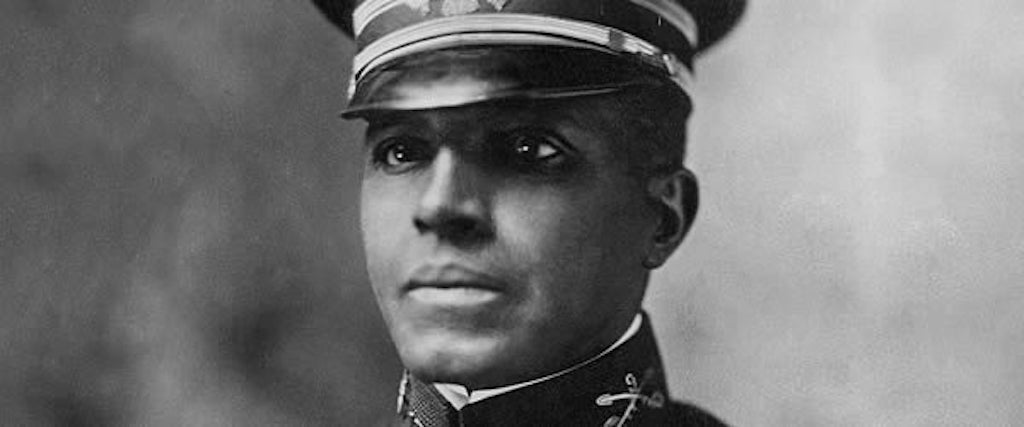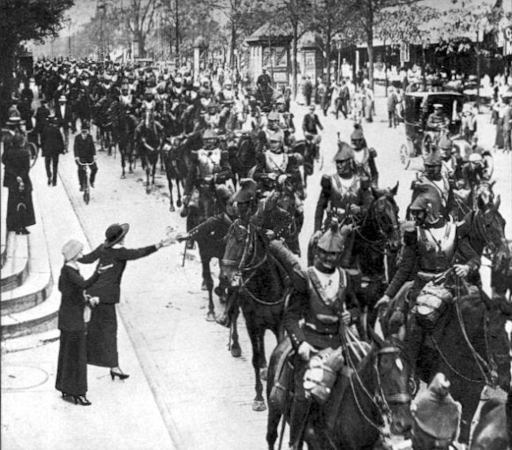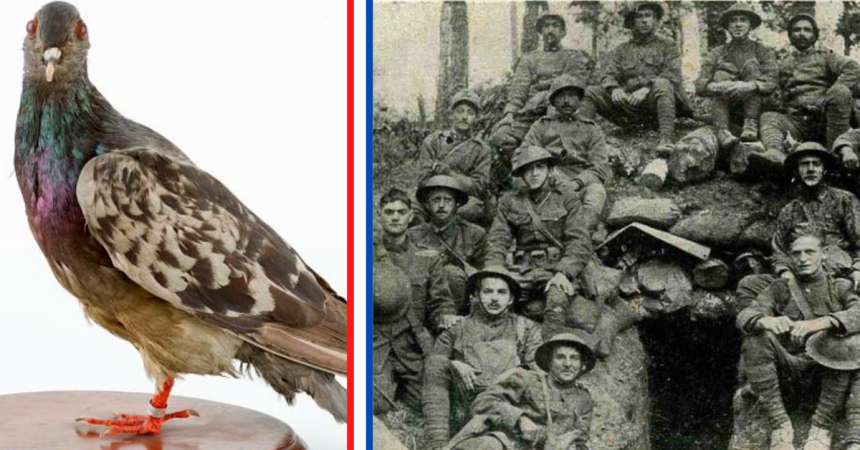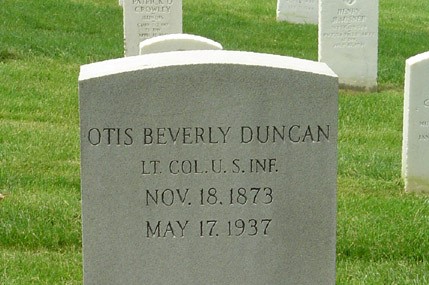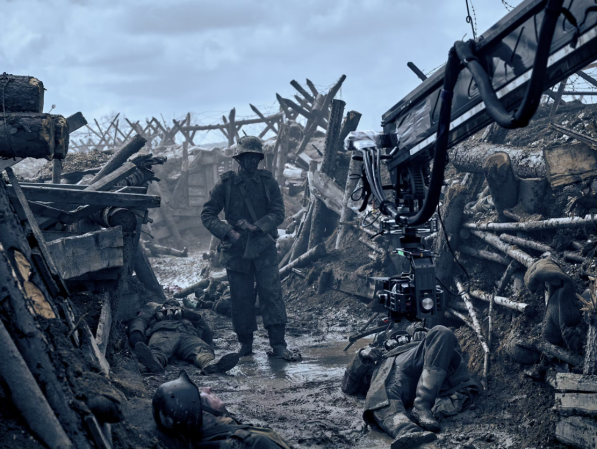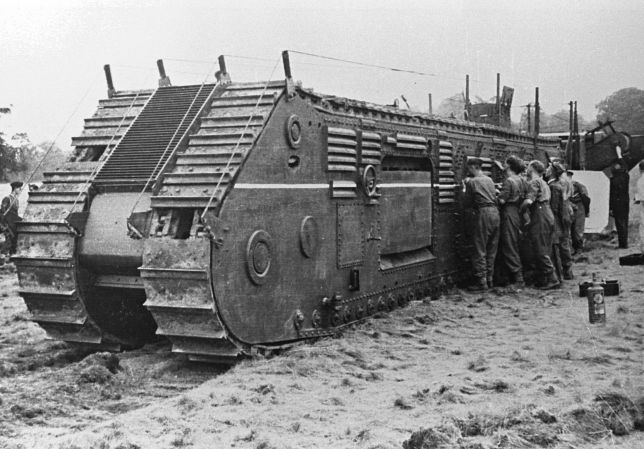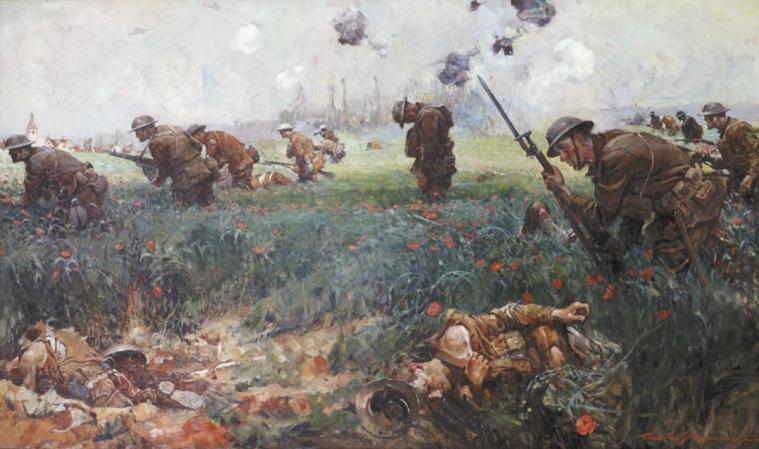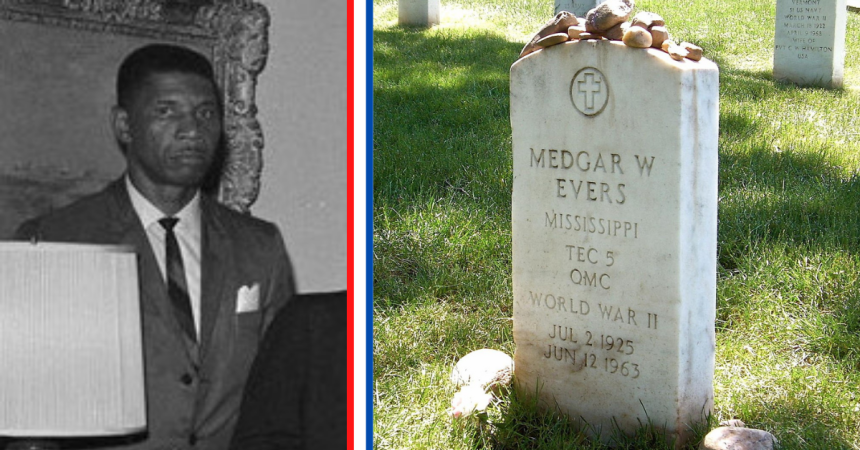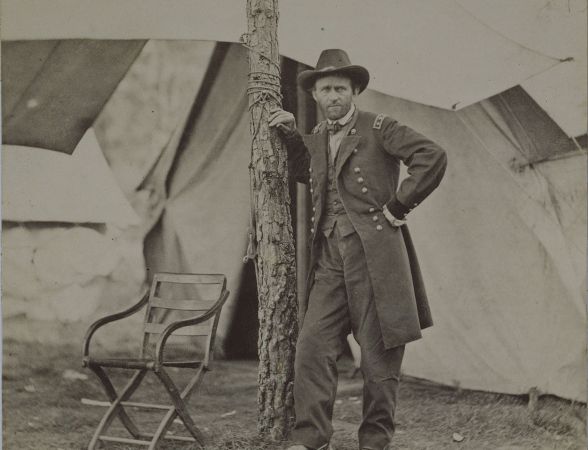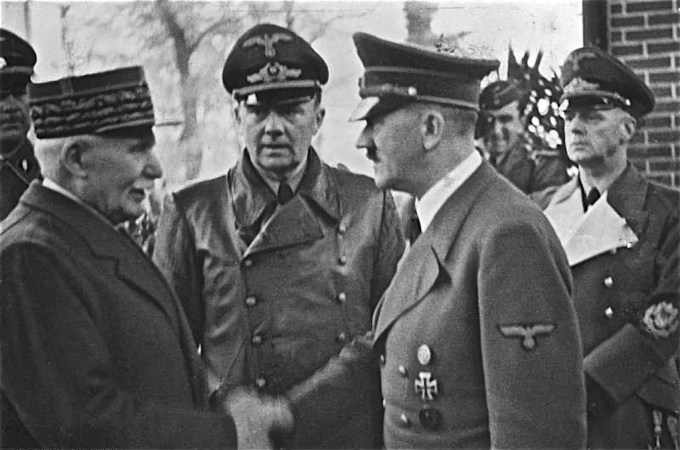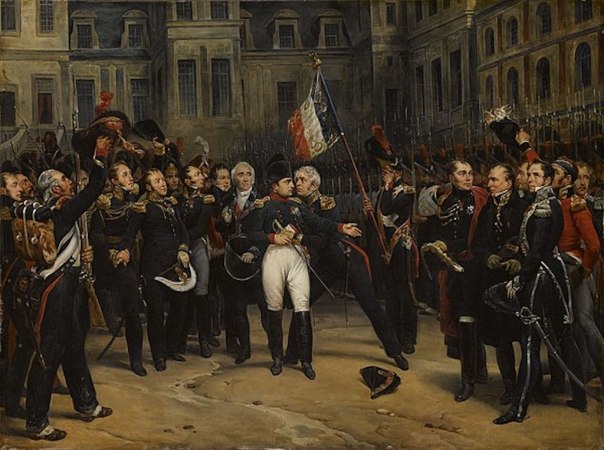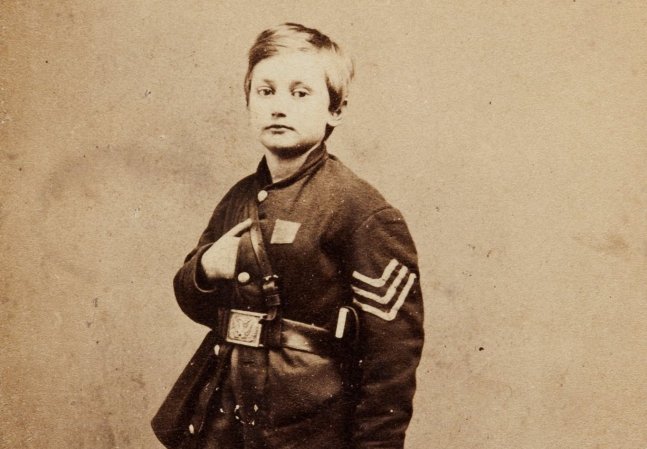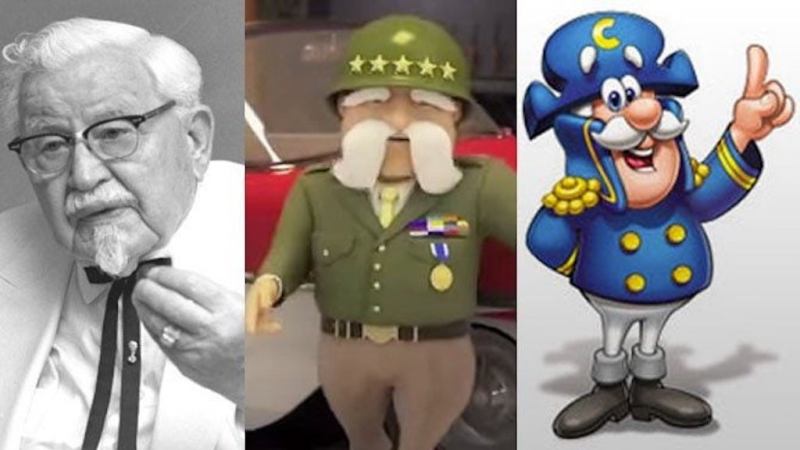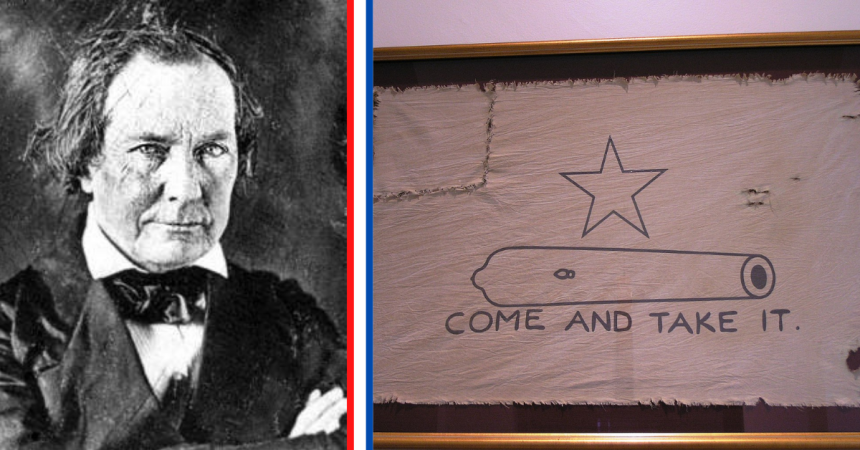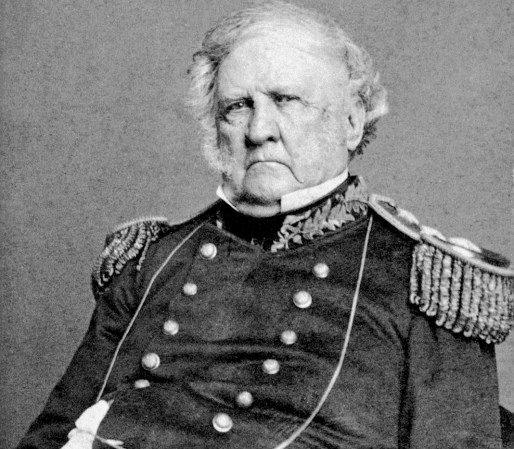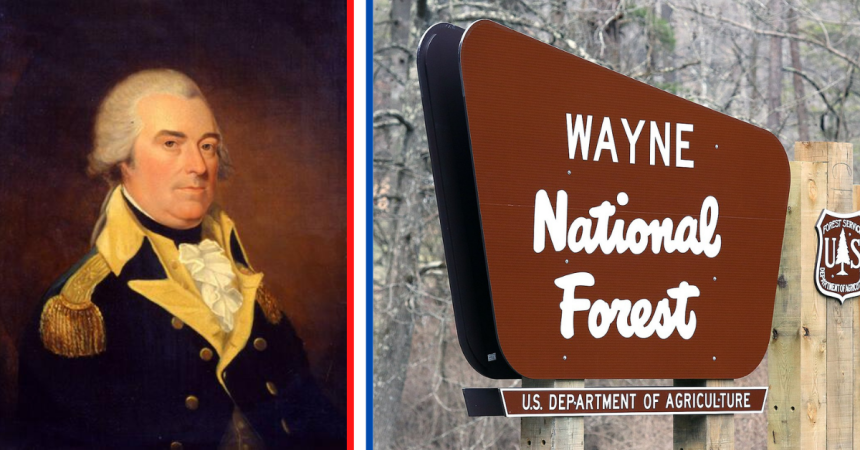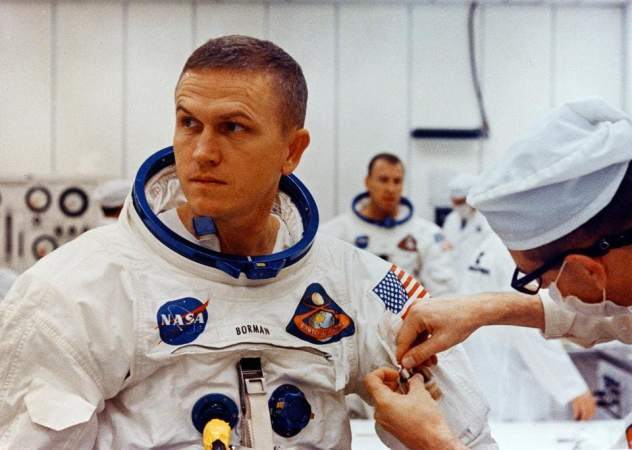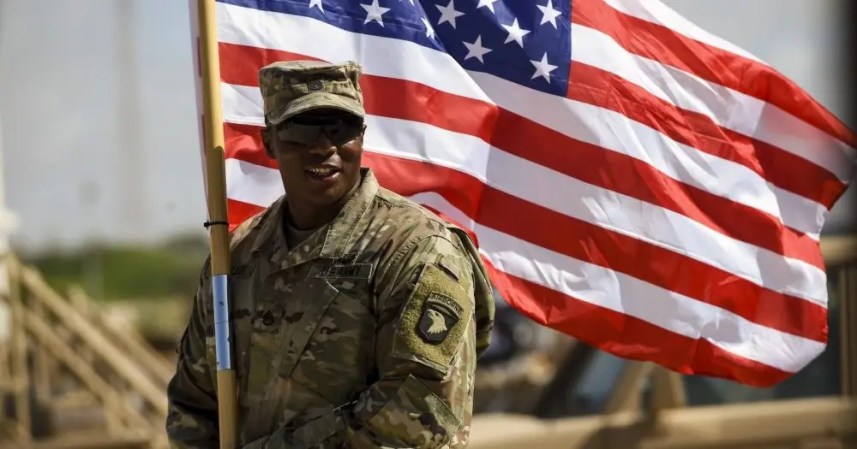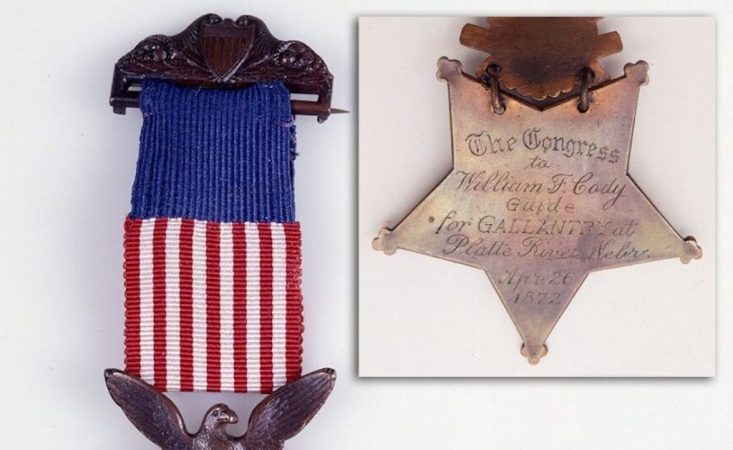By the time of his death, Colonel Charles Young boasted an incredible military career. He was one of just three African-American officers to graduate from West Point. He led troops on the western frontier, became one of the first-ever U.S. military attachés overseas, and commanded troops in the Philippines and Mexico. Teddy Roosevelt even wanted him to lead a volunteer regiment in World War I.
There was just one problem: Colonel Charles Young was black.
For the talented Young to lead troops in World War I meant that he would have to be promoted to Brigadier General. Young was a West Pointer who was so good at leading his troops in combat, he became the first black man to make the rank of colonel and even commanded Fort Huachuca, Arizona. Young literally wrote the book on why racial integration in a democratic society is good for its armed forces.

By the time the United States was ready to enter World War I, Young was the highest-ranking African-American officer in service. When the U.S. entered, he would likely earn a promotion to a general’s rank, which did not sit well with his inferior, white officers. These officers wrote the civilian members of the war department, complaining about the situation and then demanding a solution.
That solution was to get Colonel Charles Young fired from the Army. The reason, the Army said, was that Col. Young suffered from high blood pressure. This wasn’t true, of course, it was just the best way to go about unfairly firing a skilled officer for racial reasons. Young couldn’t just complain about the fix to newspapers – he loved the Army, and he wanted that promotion. So, he did the next best thing.

In June, 1918, Young took to his horse and rode the 450-plus miles from Wilberforce, Ohio, to the nation’s capital at Washington, D.C. to prove that not only was he fit to perform his duties, but he was also fit to take on any hardship World War I might have to offer.
He rode directly to the War Department and met with then-Secretary of War Newton Baker, who asked if he wanted to see combatant duty. When Young said that he did, Newton ordered a new physical assessment. It was done, albeit not as quickly as Young would have liked. He was sent to Illinois, awaiting the results. When the good news came, the war was conveniently nearly over.

Young was ultimately sent to West Africa – a strange posting for someone allegedly too chronically ill to go to Europe for war. He posted as a military attaché in Liberia. He helped create stability and security for the country, fighting tribesmen in the wild areas away from the coast.
Unfortunately, this post is where he also met his demise. He contracted a form of kidney disease in Lagos, Nigeria, in 1922. He fell ill and died there. He was buried with full military honors in Nigeria, but his body was soon exhumed and repatriated to the U.S. Now Charles Young rests in Arlington National Cemetery.
His remains were welcomed in New York like the return of a conquering hero.


